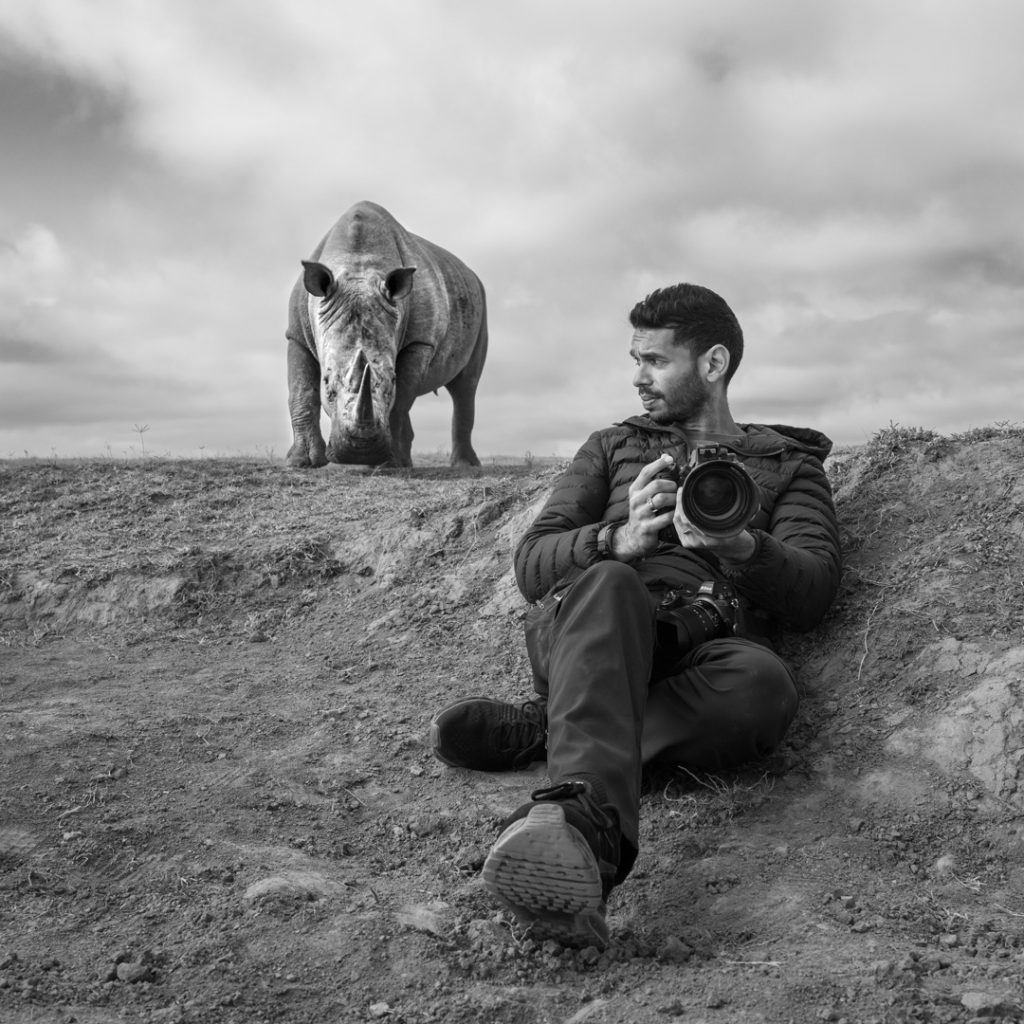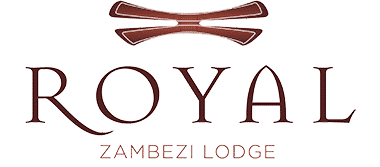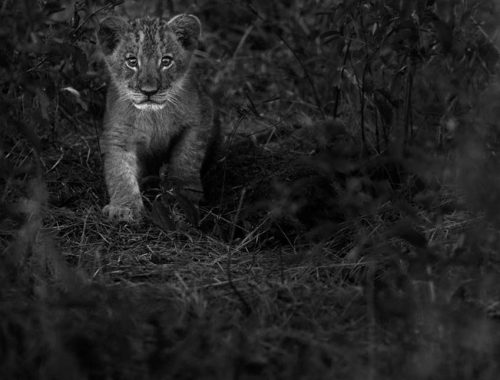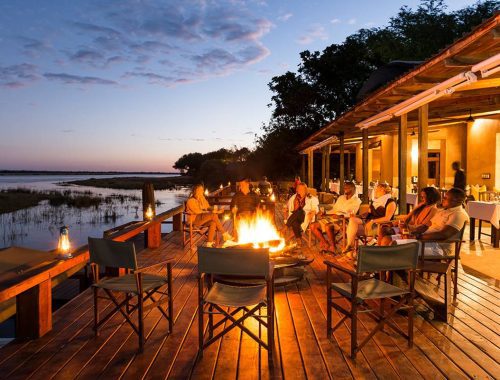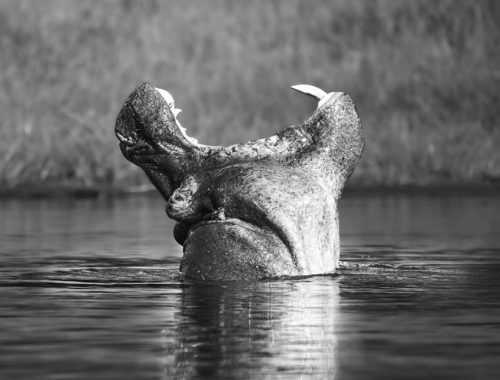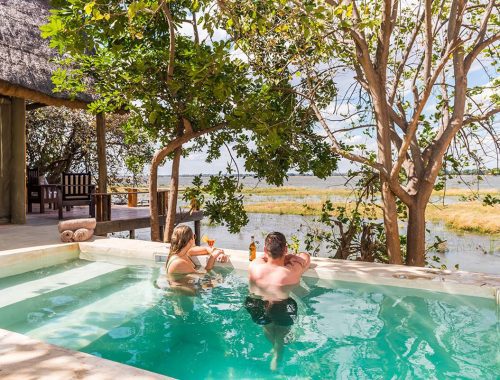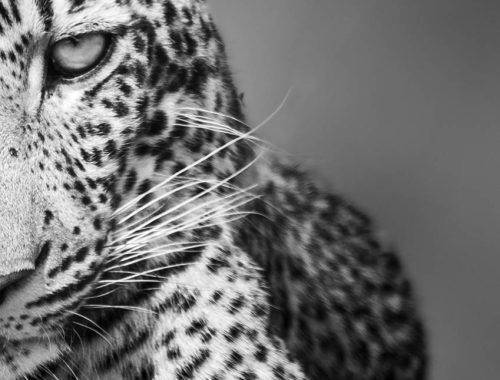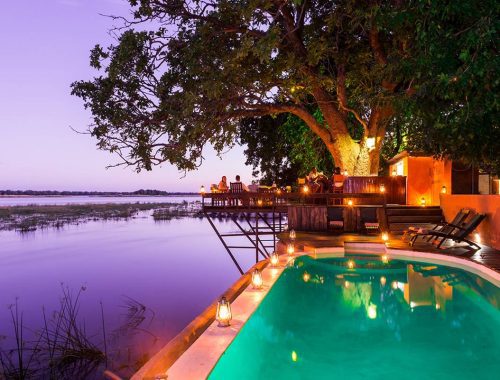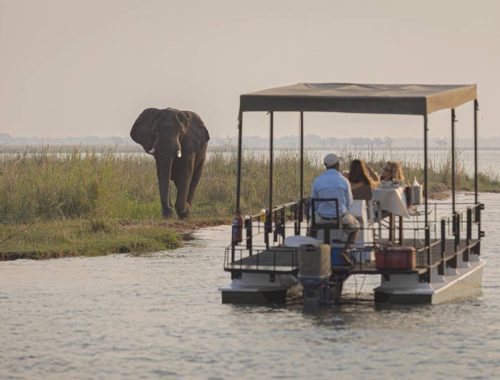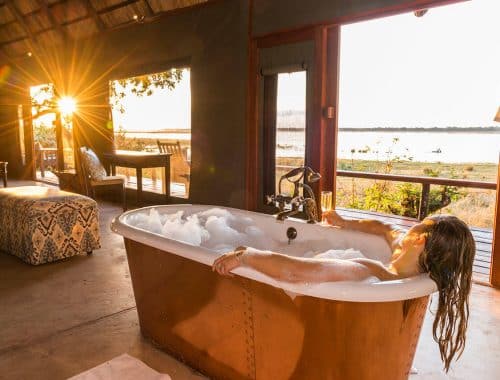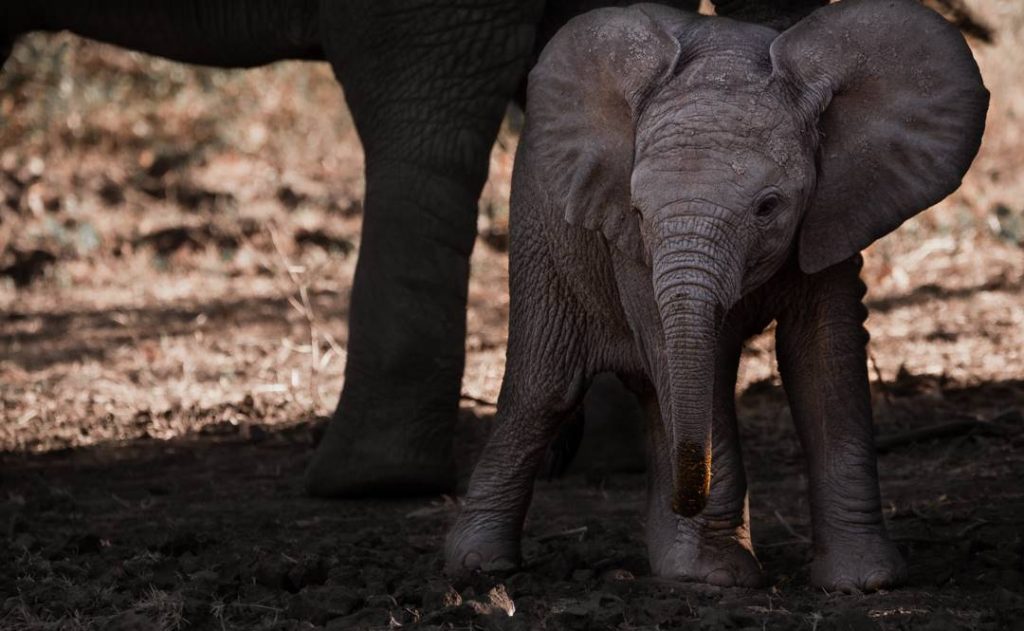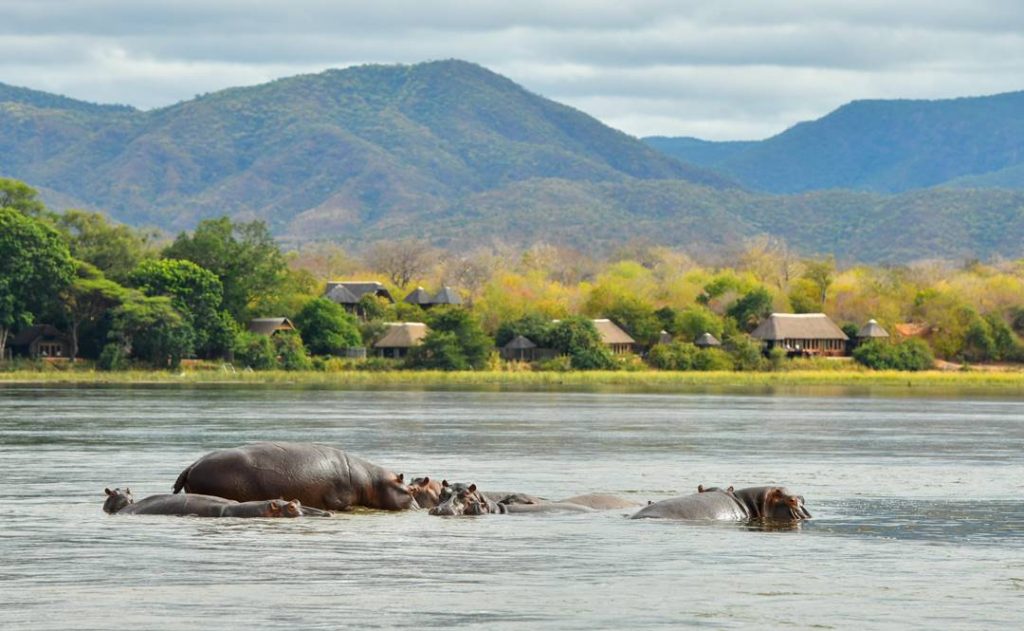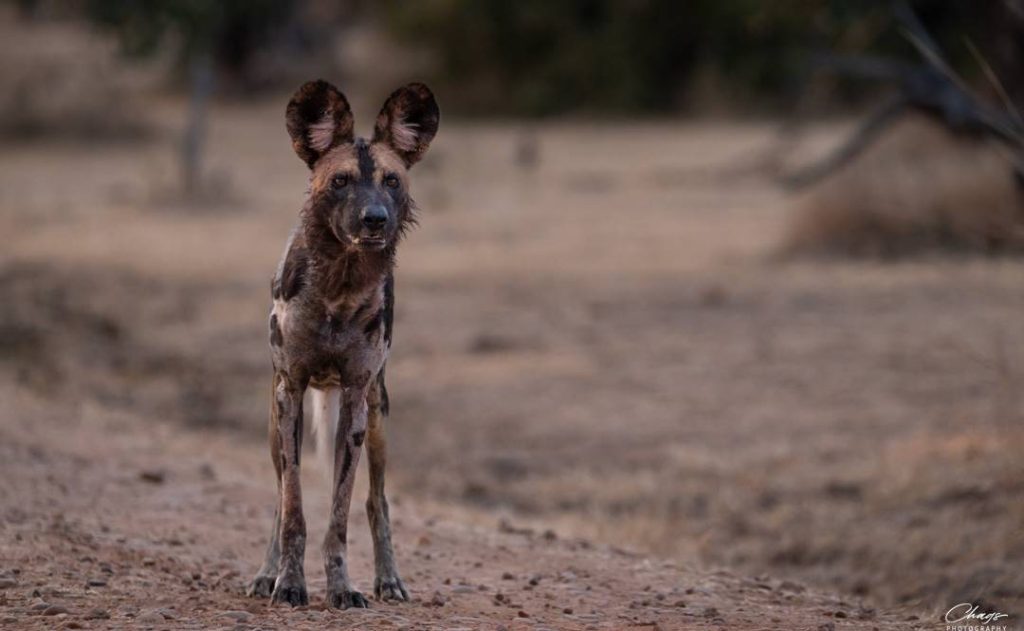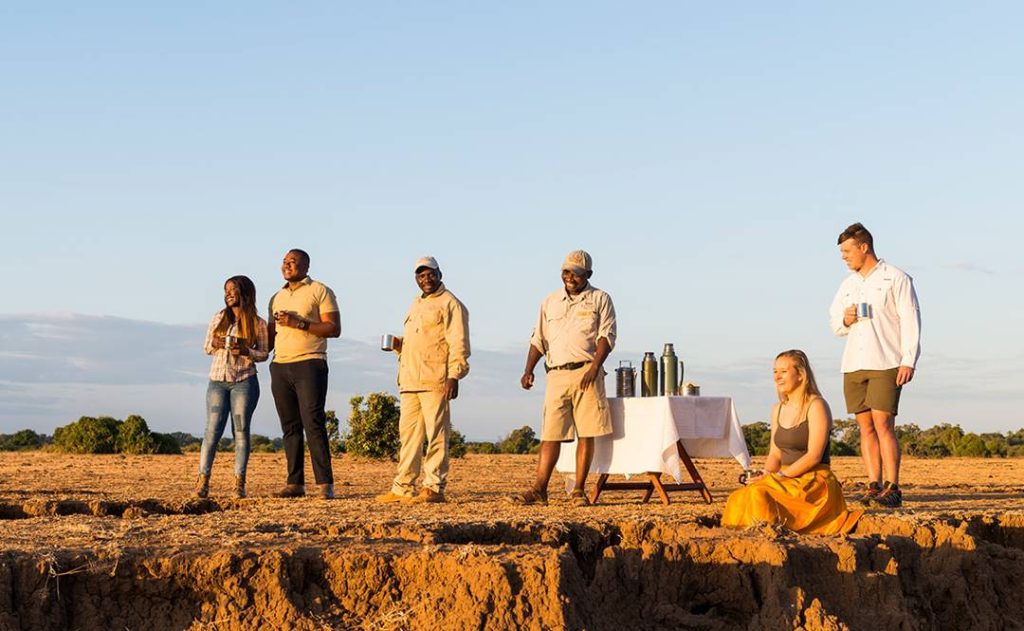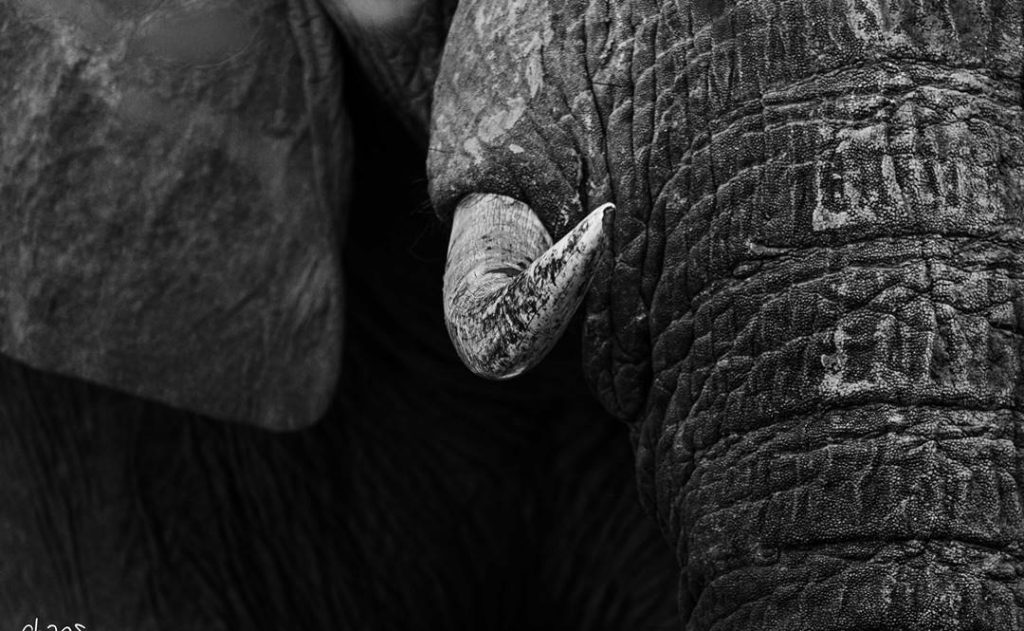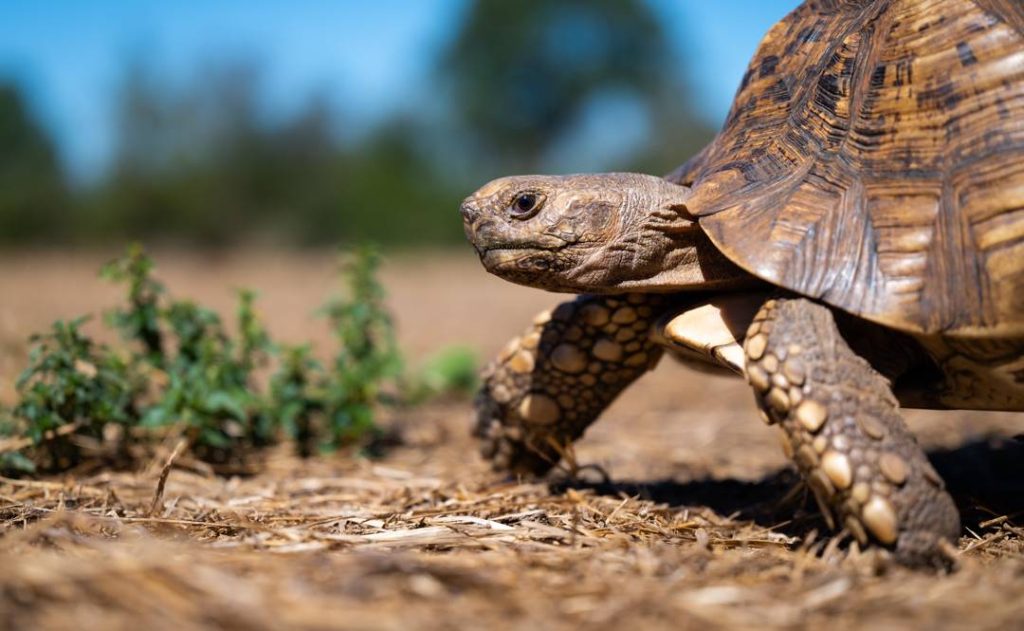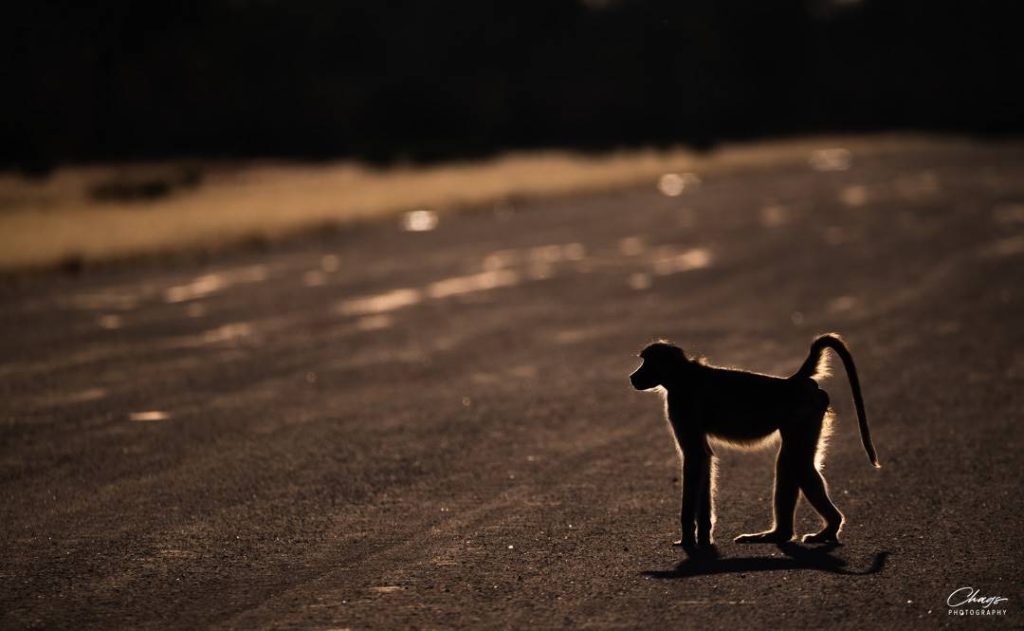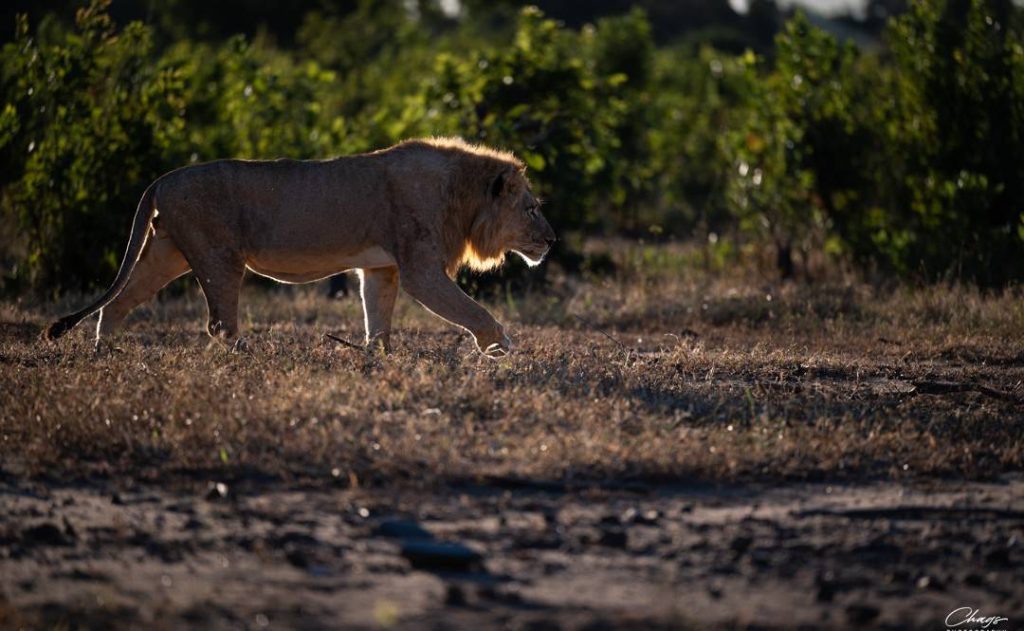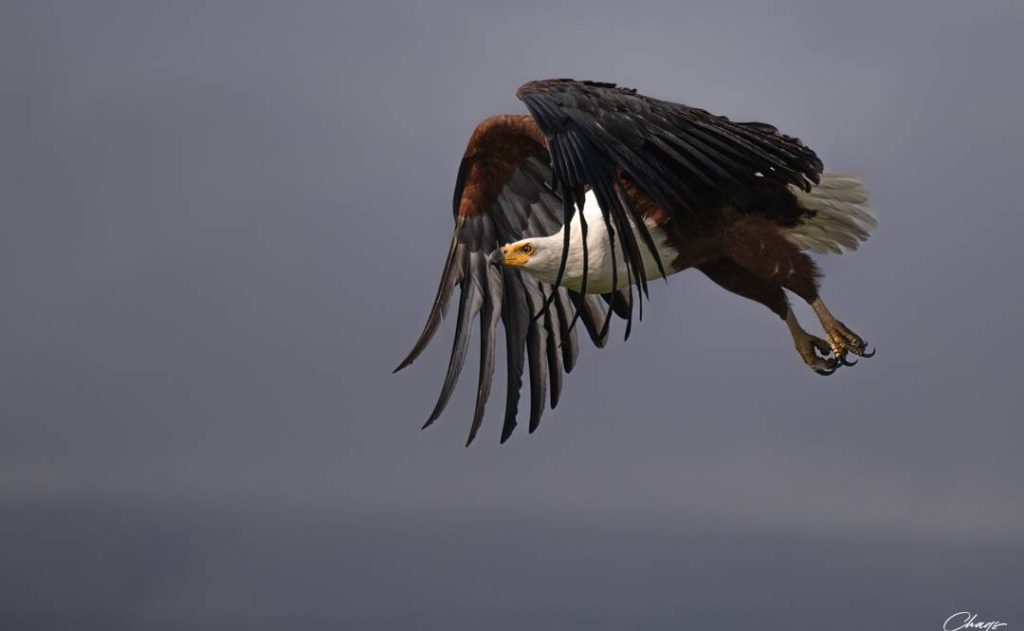About Me
Growing up in Zambia, I was fortunate to get numerous opportunities to explore the flora and fauna of this spectacular region of Africa. Between the metropolitan capital city of Lusaka, where I grew up, and the numerous trips to various national parks in Southern Africa, I appreciated the glaring contrasts at a young age; ecological, physical, visual, but mental as well. The serenity of these vast lands and the excitement of spotting wildlife often transpired; more so when I found photography (or when photography found me).
I have been fortunate to have my work awarded and published in a variety of prominent media outlets including National Geographic Your Shot, GEO Magazine and Sony World Photography Awards amongst others. This provides me with a credible foundation to continue my work, not only in fine art photography, but also in creating impact and awareness around conservation.
